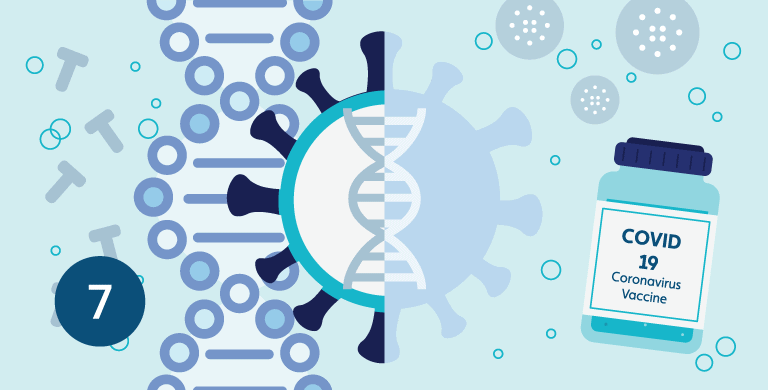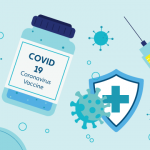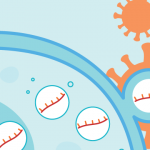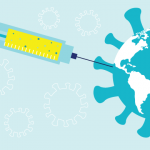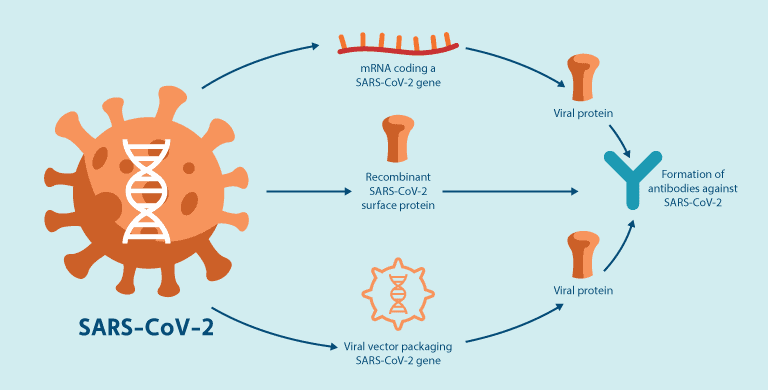
Part 7: Types of vaccines
All vaccines work by teaching our bodies to recognise and fight a virus or bacteria in a safe way. They encourage our immune system to produce antibodies and memory cells, so that if we encounter the infection later our immune system knows how to defend against it (Part 5).
Different vaccines all have one thing in common – they need to present one or more antigens to the immune system which resemble parts of the real virus. Vaccines differ, however, in how they introduce the body to these structures, both in terms of the antigen they use, and how they deliver the antigen to where it needs to be. There are three main approaches that can be used:
- By injecting the actual virus into a person. This would carry the natural antigens to train the immune system. The virus could be alive but weakened (attenuated) so as not to be able to cause disease, or it could be a dead virus, either whole or chopped up. Examples include the polio, influenza and yellow fever vaccines.
- By injecting artificially produced viral proteins. Examples include the HPV and Hepatitis B vaccines.
- By injecting the genetic recipe for the viruses’ proteins. Next-generation vaccines provide the recipe for one of the virus’ proteins (in either mRNA or DNA form), we make the protein ourselves and our body learns to recognize it. The Pfizer, Moderna, AstraZeneca and J&J vaccines use this approach, albeit in slightly different ways. These vaccines are covered in more detail in Part 8.

